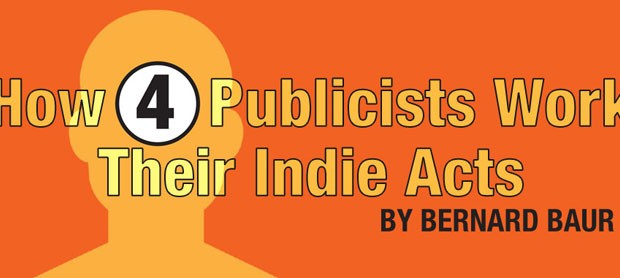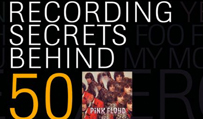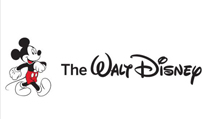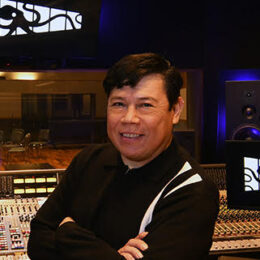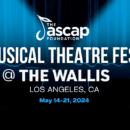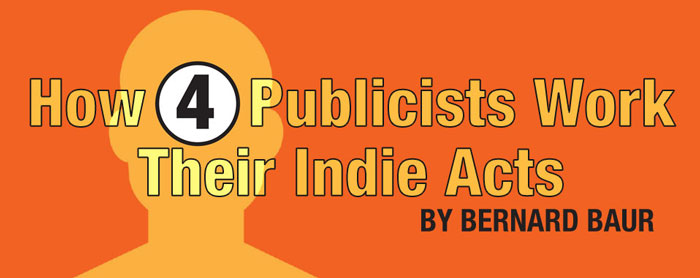
In this exclusive feature we asked four prominent PR firms how they approach and execute indie campaigns. We not only wanted to know what services they perform in general, we also asked them to choose “one indie act” from their roster as a case study. Their candid and informative comments illustrate what is needed for an effective PR campaign. Indeed, their insights and tips could very well be used as a template for any indie artist looking for publicity that achieves real results.
By Bernard Baur
MITCH SCHNEIDER ORGANIZATION
msopr.com
Mitch Schneider (Founder/President)
Libby Coffey, [email protected]
Indie Act: Red Fang (redfang.net)
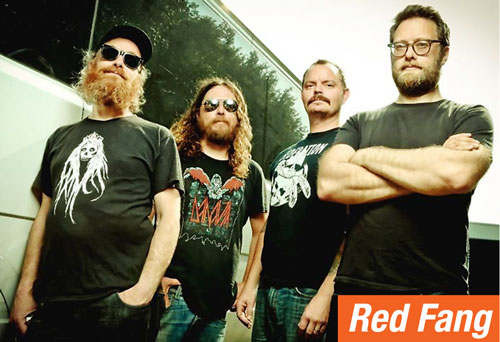
Superstars, legendary musicians, festivals, concerts, award shows, music events and new artists are all represented by MSO, whose roster encompasses a variety of musical genres. That diversity enables the firm’s publicists to work with a wide range of media outlets, from television shows, publications and websites to underground fanzines, thereby increasing opportunities for coverage in multiple mediums and platforms.
Do you approach indie projects differently?
With indie projects it’s more of an informative and educational process, especially with the media. Initially, we’ll see if an act has any supporters like bloggers, reviewers, Twitter followers, etcetera––that could reveal a target market. Then we build on top of that, like building a house from the ground up. Fortunately, there are lots of different avenues in the indie world today, including indie radio stations and festivals, such as Coachella and Lollapalooza, that present great opportunities for indie acts.
Are there any unique challenges with indie campaigns?
There are challenges in every campaign; they’re just more pronounced with indie acts. Indie campaigns are a lot more work because the acts may not be well known. But, if you create a strong media plan and use strategies that raise their profile and get them attention, you will get results.
How do you design indie campaigns?
We ask all our new clients to create a “wish list”––10 to 15 things they want to achieve. Then we map out a personalized media plan.
What types of activities make a difference?
We might suggest scheduling exclusive online premieres for songs and videos, sort of like an online strip tease that reveals a little bit more each time. Those activities give us a reason to send out press releases. Then, when the time is right, we would contact music sites like Pitchfork (considered an online tastemaker), as well as publications.
Are an act’s social media numbers important for coverage?
Social media activity is very important. In the modern PR business we use social media for many things. In fact, often as we’re pitching a media outlet they’re checking out our client’s online presence while we’re talking. And, depending on what they see, it could make or break our coverage request.
What sort of accounting do you provide?
We send detailed reports on a bi-weekly or monthly basis, and ask our clients to review them carefully to make sure we’re targeting the proper media outlets.
How did your “case-study” client come to you?
Red Fang came to us through their manager. MSO’s Vice President, Libby Coffey, talked with the manager and created a media plan.
Did they want anything in particular?
Specifically, they wanted us to set up the release of their latest album, Whales and Leeches, and elevate their profile with mainstream media. They had some underground attention already. So, Libby outlined a higher profile campaign with national and key regional exposure, while still building on their underground supporters. Our ultimate goal was to attract more mainstream media and build enough buzz to generate a groundswell for a national late night TV booking.
What sort of contract arrangement did they agree to?
We don’t necessarily ask for a minimum commitment. But, we explain how important lead-time is. At least three months is necessary to generate enough publicity for a release––four months is ideal. But long-lead campaigns are increasingly harder to do. Today, TV shows book acts three months in advance and even publications like Music Connection require at least a 30-day lead-time.
What were some of the highlights of the campaign?
Initially, we secured key features with indie, underground, rock and some metal outlets. Then, a Spin.com placement that fused with a Pitchfork booking generated a buzz above and beyond general rock sites. Features and cover stories, in both semi-national publications and major weeklies, were locked in. We set up several song and video premieres in various outlets, like GuitarWorld.com and Revolver.com, which received rave reviews. That produced enough interest to get the band booked on The Late Show with David Letterman, which led to a RollingStone.com video premiere for their song “Blood Like Cream.”
How long did their campaign last?
We worked with Red Fang for over a year. In fact, we’re still working with them
Are acts without managers tougher to deal with?
Yes…especially with bands. If there’s no leader, it can create problems. When you’re dealing with several people who all have different ideas, it can cause delays if they all don’t agree. But, sometimes management rattles the cage too. In this business a big part of our job is managing expectations.

